Axial Seamount: Images of an Erupting Undersea Volcano
An underwater volcano off the West Coast of North America is showing telltale signs of an eruption, just as scientists had predicted. Motions of the seafloor, accompanied by a series of earthquakes, suggest a large amount of magma was released from the volcano's caldera last week. [Read full story]
Axial Seamount
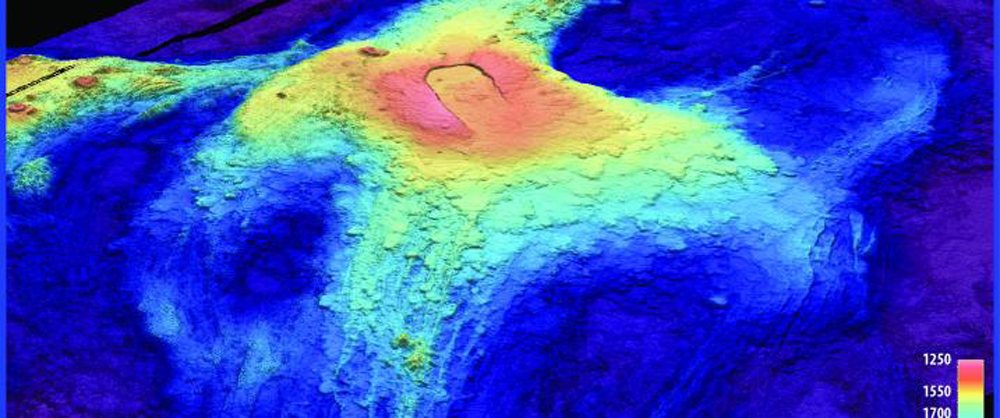
Axial Seamount, an undersea volcano located 300 miles (480 kilometers) off the coast of Oregon, appears to be erupting. Geologists Bill Chadwick, of NOAA's Pacific Marine Environmental Laboratory and Oregon State University, and Scott Nooner, of the University of North Carolina at Wilmington, forecast the eruption last year. (Image credit: Bill Chadwick, Oregon State University)
2011 eruption
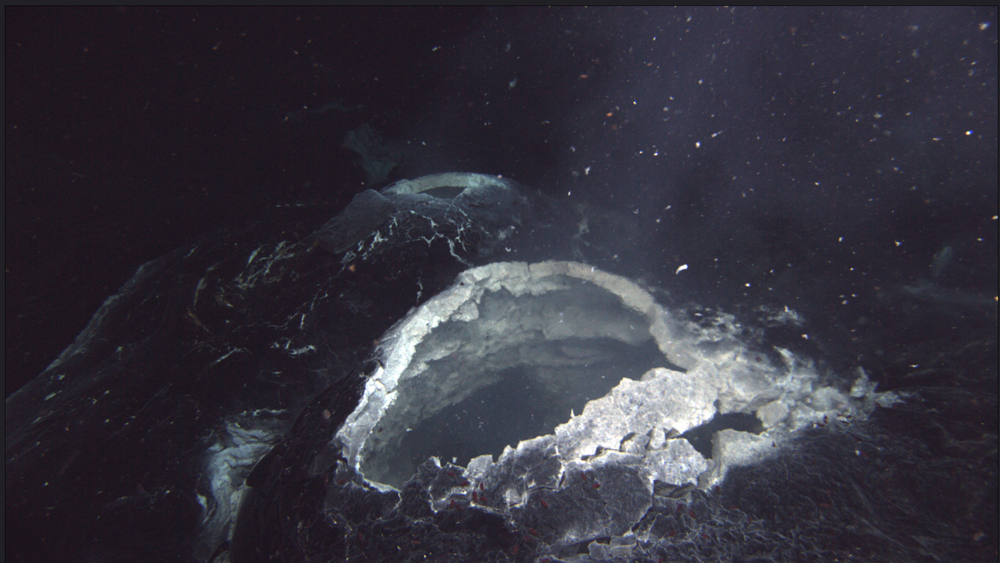
The last time Axial erupted was in 2011. Researchers discovered the eruption by chance, while they were surveying the area for their instruments. (Image credit: Bill Chadwick, Oregon State University, Copyright Woods Hole Oceanographic Institution)
Atop Juan de Fuca
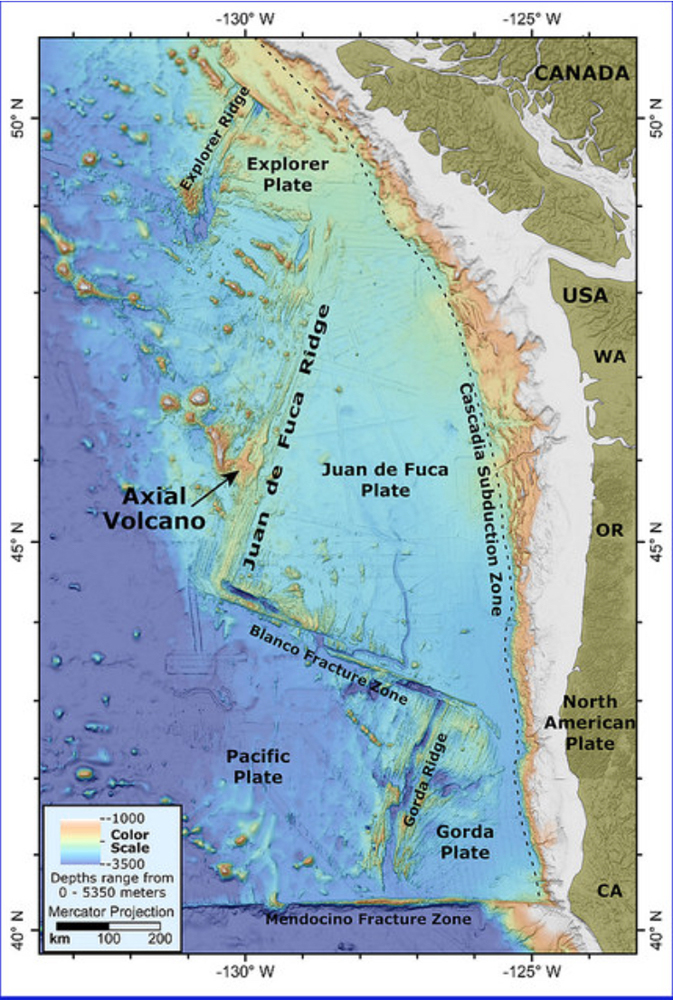
Axial Seamount is an underwater mountain that juts up 3,000 feet (900 meters) from the ocean floor, and is part of a string of volcanoes that straddle the Juan De Fuca Ridge, a tectonic plate boundary where the seafloor is spreading apart. (Image credit: Bill Chadwick, Oregon State University)
Sign up for the Live Science daily newsletter now
Get the world’s most fascinating discoveries delivered straight to your inbox.
Contents under pressure
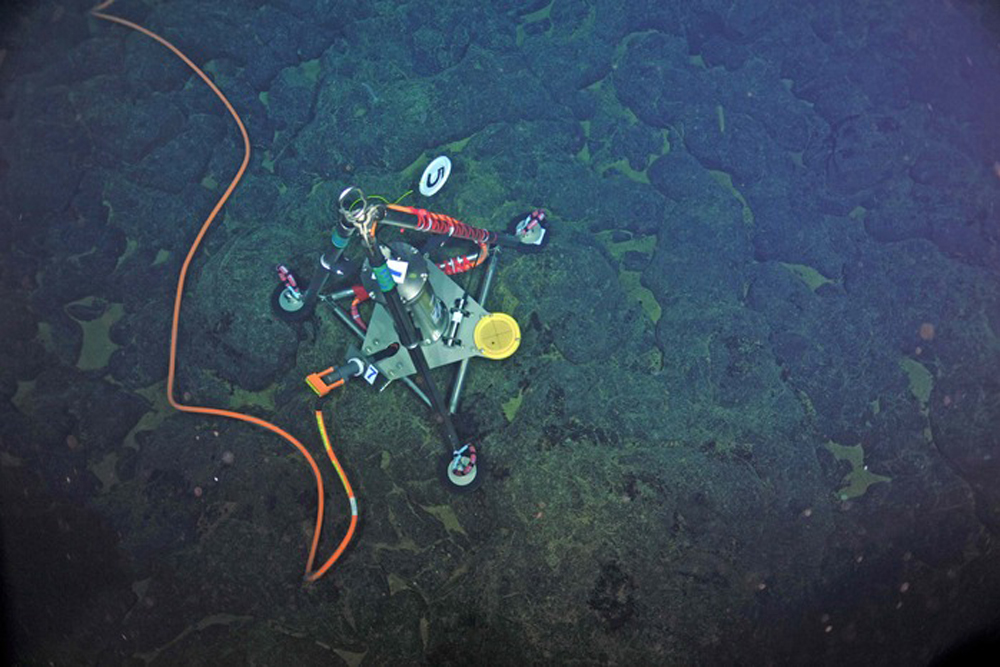
The scientists monitored the seamount's activity by measuring tiny changes in water pressure due to movements in the seafloor as the volcano inflates and deflates as magma moves in and out of the underlying chamber. A number of these are installed on the volcano's caldera. (Image credit: NSF-OOI/UW/CSSF)
Glassy coating
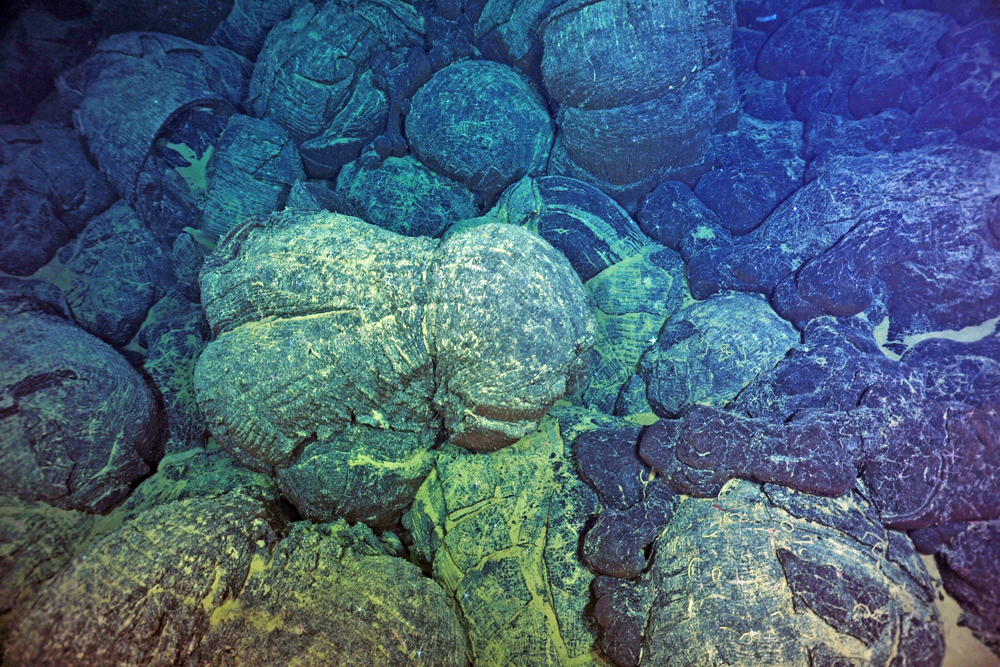
After the 2011 eruption, a layer of glass formed atop the dark black flow (right), as the lava, which is more than 2,000 degrees Fahrenheit (1,100 Celsius), came into contact with the close-to-freezing seawater. (Image credit: NSF-OOI/UW/CSSF)











